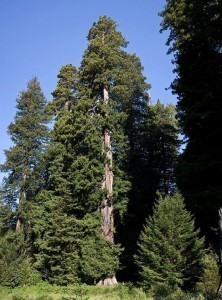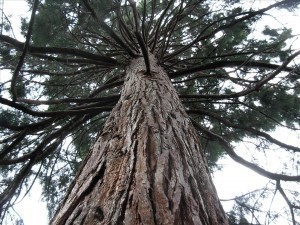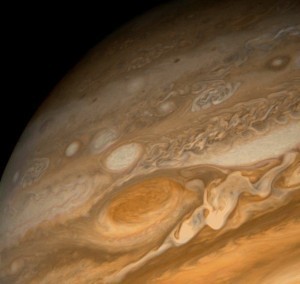How big is a Meteor?
Watching shooting stars in the night sky leaves  many people at awe. In fact, people have asked regarding the size of meteors as they zing on by. Meteors actually come in all sorts of sizes. Many of the ones you see at night are the size of baseballs that zip passed planet Earth at 30,000 miles an hour. The space dust that is left behind as a meteor passes by makes the show a lot more spectacular. Meteor sizes is one of the things that perk the interest of many people.
many people at awe. In fact, people have asked regarding the size of meteors as they zing on by. Meteors actually come in all sorts of sizes. Many of the ones you see at night are the size of baseballs that zip passed planet Earth at 30,000 miles an hour. The space dust that is left behind as a meteor passes by makes the show a lot more spectacular. Meteor sizes is one of the things that perk the interest of many people.
Clearing Up the Terminology
While on the subject of the wonderful night time celestial displays, we should clear up what we mean when we discuss meteors and others. When people talk about meteors they usually refer to a streak of light that you see in the night sky. These streaks of light are caused by the debris from space that burns in Earth's atmosphere.
The actual pieces of space debris that are burning as they approach our planet's surface are called meteoroids. These things either burn out completely losing their original dimensions and momentum even before reaching our planet's surface or crash to the ground. If ever they do get to the ground we then call them meteorites. Now that we've cleared up the terminologies, let's move on to the dirty job of sizing these propelled space fragments.
Varying Sizes
People have often wondered if there is a meteor out there large enough to pose a threat to the earth. Scientists have always believed that there is at least one out there in the vastness of space. The ones we see at night usually range in size from a small grain of sand to ones that are actually several feet in diameter.
Meteoroids, the ones zipping across the sky, come in a wide range of sizes and dimensions. Meteor sizes can range from molecular sizes to something as big as 100 meters/more than 300 feet. Take note that anything that comes toward earth from space that is larger than this will be called an asteroid.
The Breakup
The meteor size will change especially as the space debris comes in contact with the atmosphere. Its size and dimensions will change depending on its angle of entry, speed, and composition. If a meteor comes in at an oblique angle it will usually encounter a lot of stress and breakup.
Those that are made of iron can withstand it better than ones that are composed of stone. Take note that even iron based meteors will break into very smaller pieces as they come close to five to seven miles to the planet's surface where the air is relatively denser. Remember that meteor size is only one of several factors to consider when figuring out if such space debris can reach the earth's surface.





